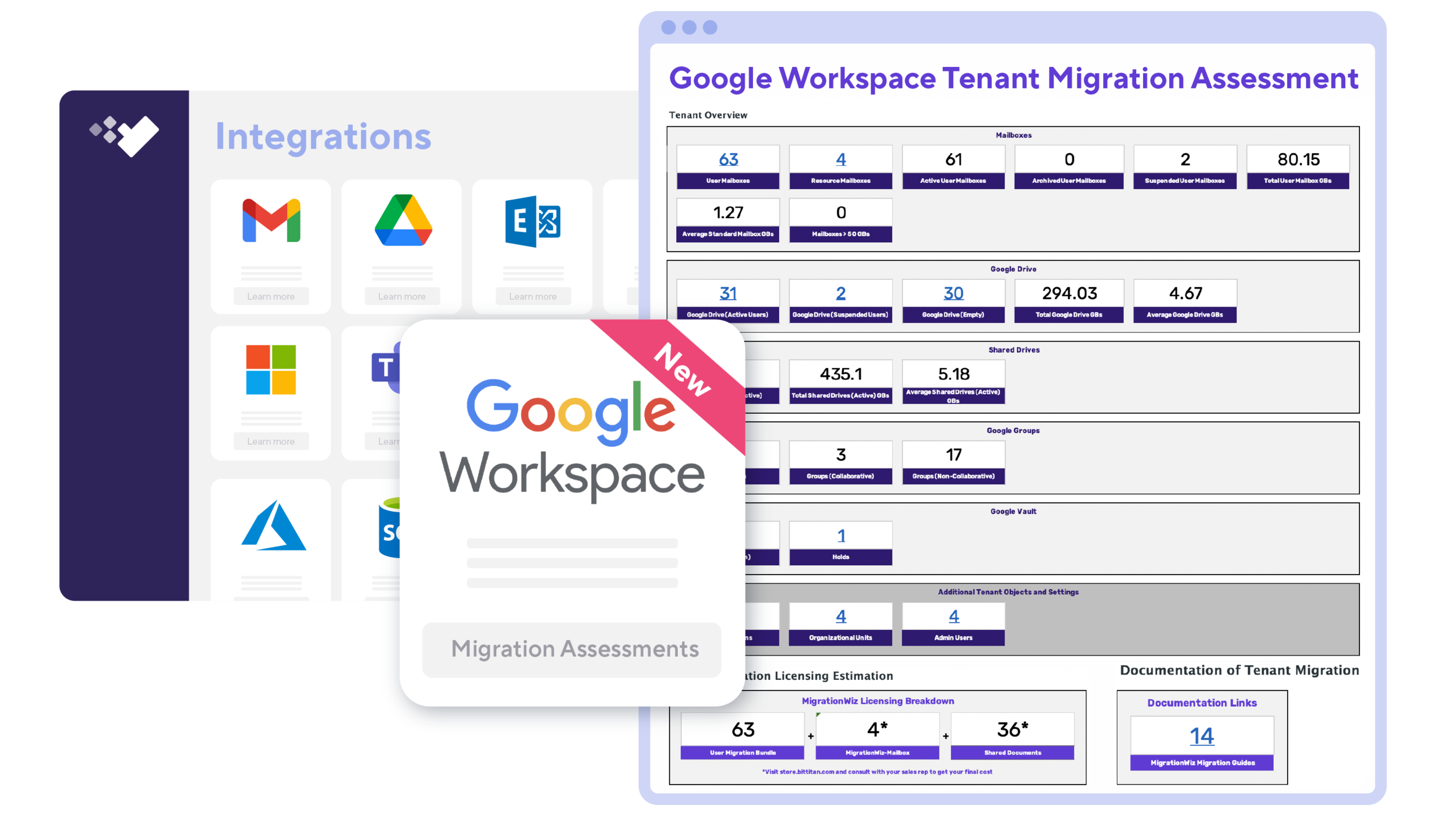The Guide to a Successful M&A Data Migration
As of June 2021, the global mergers and acquisitions have reached a total value of $2.4 trillion, a 158% increase from the same time last year. As mergers and acquisitions become more frequent, IT teams will have to prepare for more complicated migrations. Due to the confidential nature of M&A activities, IT teams are given little time and access to do comprehensive planning. Yet, the leadership team often expects data integration to move as quickly and efficiently as possible. So how can the IT team prepare in advance to ensure success in an M&A data migration?
Your IT team will operate more efficiently by automating time-consuming tasks and focusing on the more extensive, tougher migrations instead. Having a better understanding of the data you will be involved with will also prepare your team for any unexpected issues that may pop up along the way. Read on to find out how you can get a head start by using Voleer’s migration assessments to get a comprehensive view of the Microsoft 365 tenant without the need for global admin rights.
Pre-migration
Even though the IT team may not have access to confidential information before the migration, there are still ways to help ease the process. But before jumping into creating your game plan, it is important to set up a task force within the internal IT team. Identify key players to oversee the project and ensure that team members are clear on their roles to help boost operational efficiency. It is also essential to align the IT team with the business plans to gain a deeper and better understanding of the M&A procedure. You do not want to risk any miscommunication that can potentially cause delays during the migration process. Additionally, preparing an IT steering committee can help evaluate whether projects should continue if there were to be occurrences of roadblocks like time or budget constraints.
Next, preparing your data before migration can simplify the process significantly. You will gain insight into the data environment, such as what is valuable or unnecessary for migration; the amount of data your users have. Not only will this help with cost-optimization, but it will also help provide a realistic timeline for the leadership team.
We also recommend scoping your data environment to identify and segregate large data sets that may require more time and effort to migrate. This allows better optimization of the migration process as more resources can be allocated to focus on larger projects. If you are planning for a Microsoft 365 migration, Voleer’s Microsoft 365 Tenant Migration Assessment toolkit might just be the thing you need to help identify and discover your data before the big move.
Migration
Now that you are all prepared to start the migration process, how should you begin? We recommend migrating the productivity suites utilized by the organization first so the teams can begin working together and communicating with their customers from a unified tenant.
Identify which workloads you will be migrating and whether you will be migrating in batches or all at once.
Determine what tool you will use to execute the migration. Click here to learn more about BitTitan’s MigrationWiz solution!
Set a date for the migration and notify the users.
User communication is essential. Make announcements to users before starting the migration, during the migration, and a final one to inform them of the transition to the new tenant in the destination.
Remind users that all documents are checked in and not in editing mode, impacting the migration.
Once you have completed the migration of productivity suites, you can start migrating the other systems and applications.
Post-migration
The journey does not end after a successful migration. Post-migration is key to ensuring that all the hard work done to prepare and carry out the migration runs smoothly. Consistent maintenance is vital in preventing minor hiccups from snowballing into more complicated issues.
Voleer has a wide variety of assessments that can also improve the post-migration data environment for users. Some tools include:
Microsoft 365 License Optimization Assessment allows you to track how users utilize their licenses and whether they are assigned the licenses they need.
Microsoft Teams Adoption Report allows you to check whether users are working well together and know what you can do to improve the post-migration working environment.
Security Toolkit has various assessments that ensure there are no significant security threats or breaches after the migration is complete.
There is a lot to prepare for before and after executing a successful migration. To help aid your success, we have prepared a one-page guide that highlights the most important things to take note of for a smooth and successful pre-migration, migration, and post-migration journey.
With Voleer you can help your IT team get the ball rolling for any M&A. Explore Voleer’s variety of assessments to ensure a smooth and successful IT integration by signing up for our free trial today!










